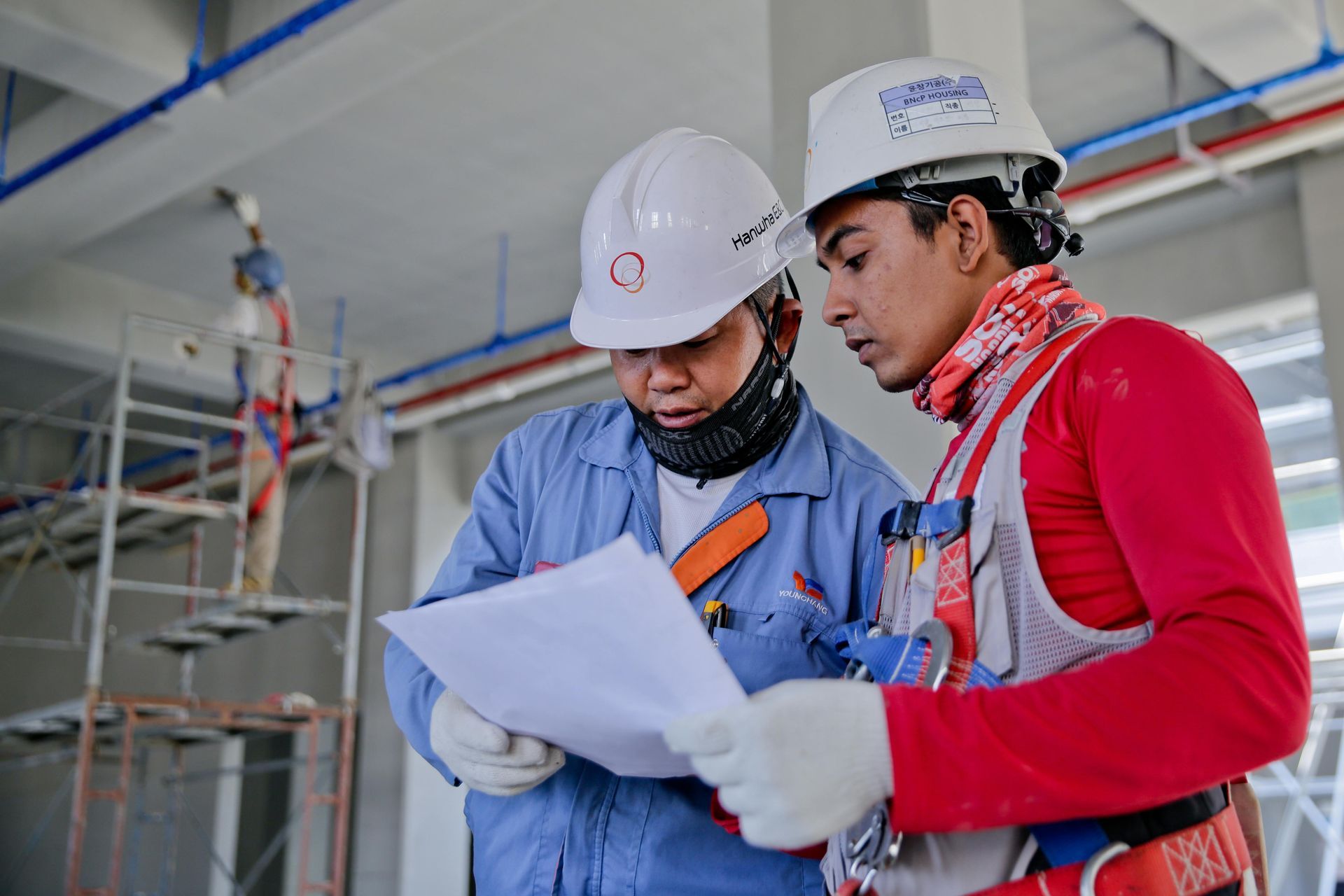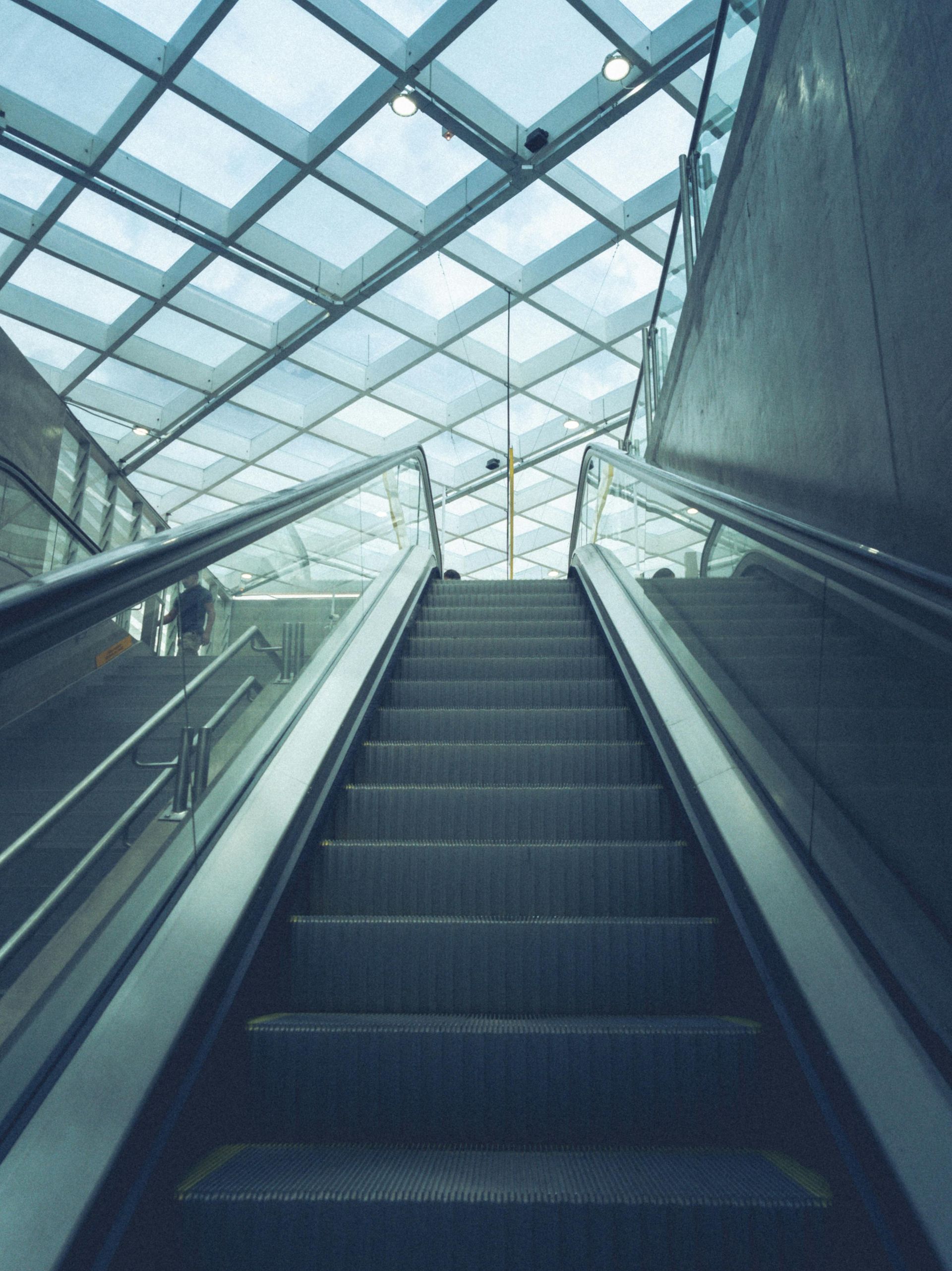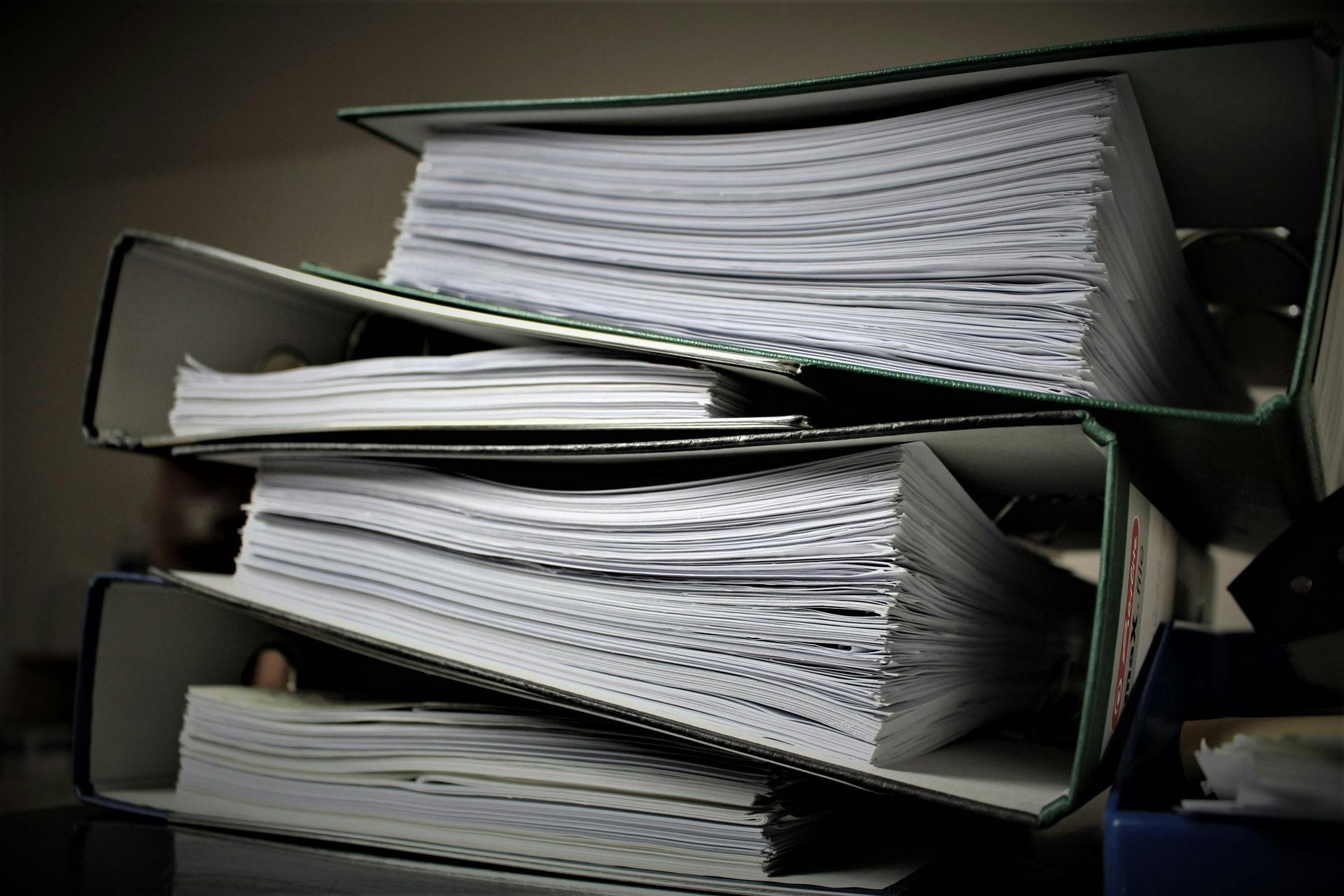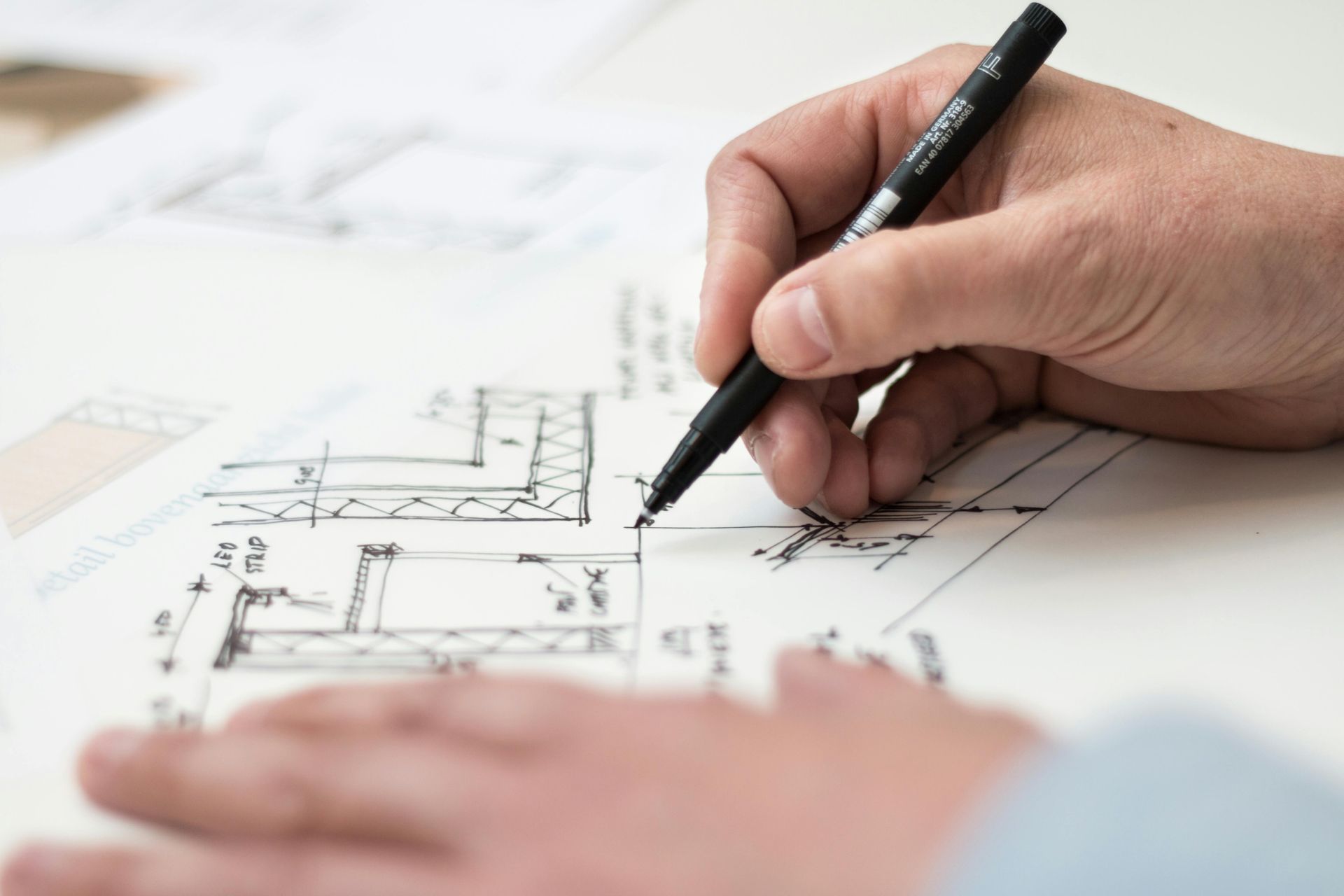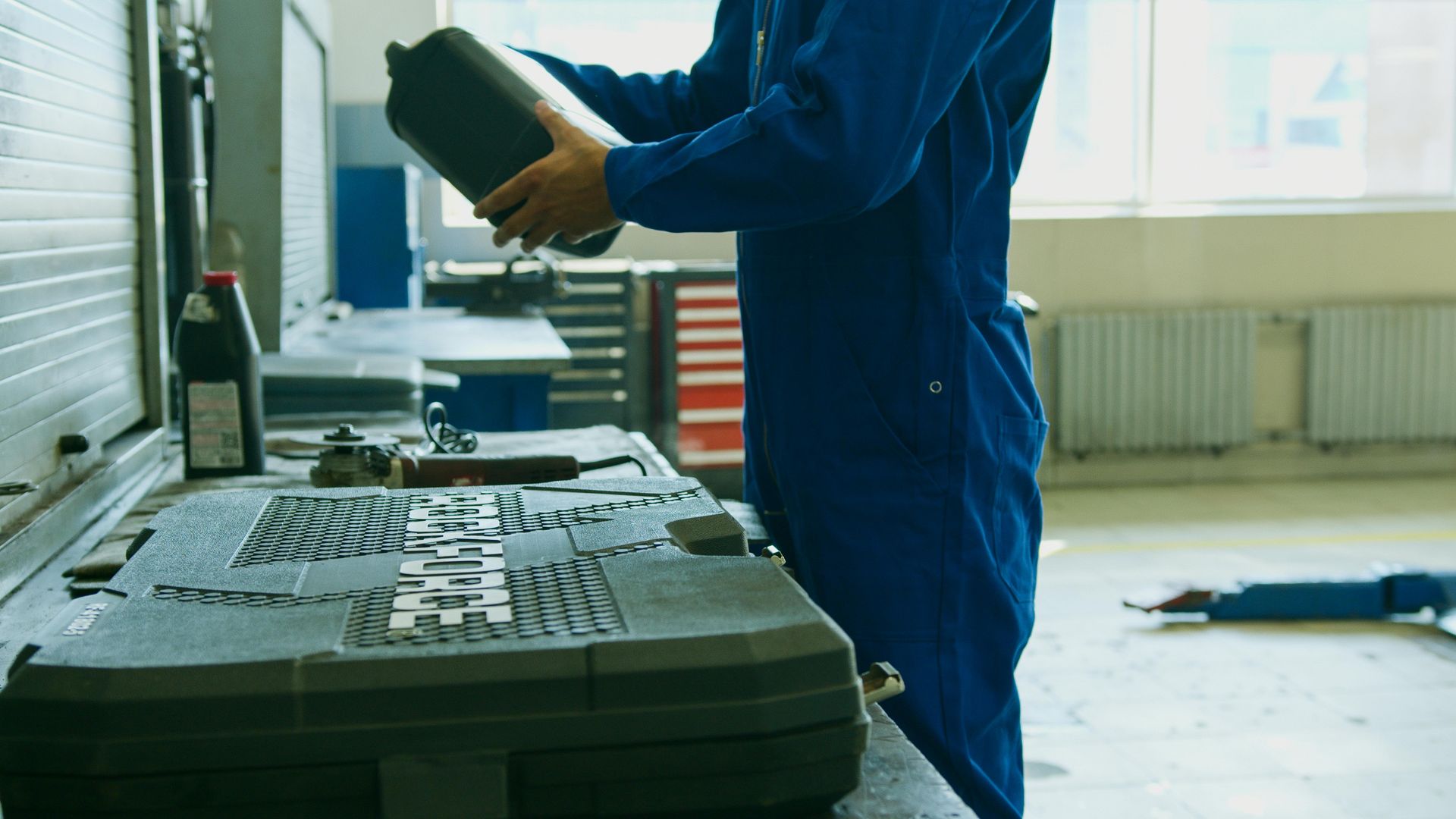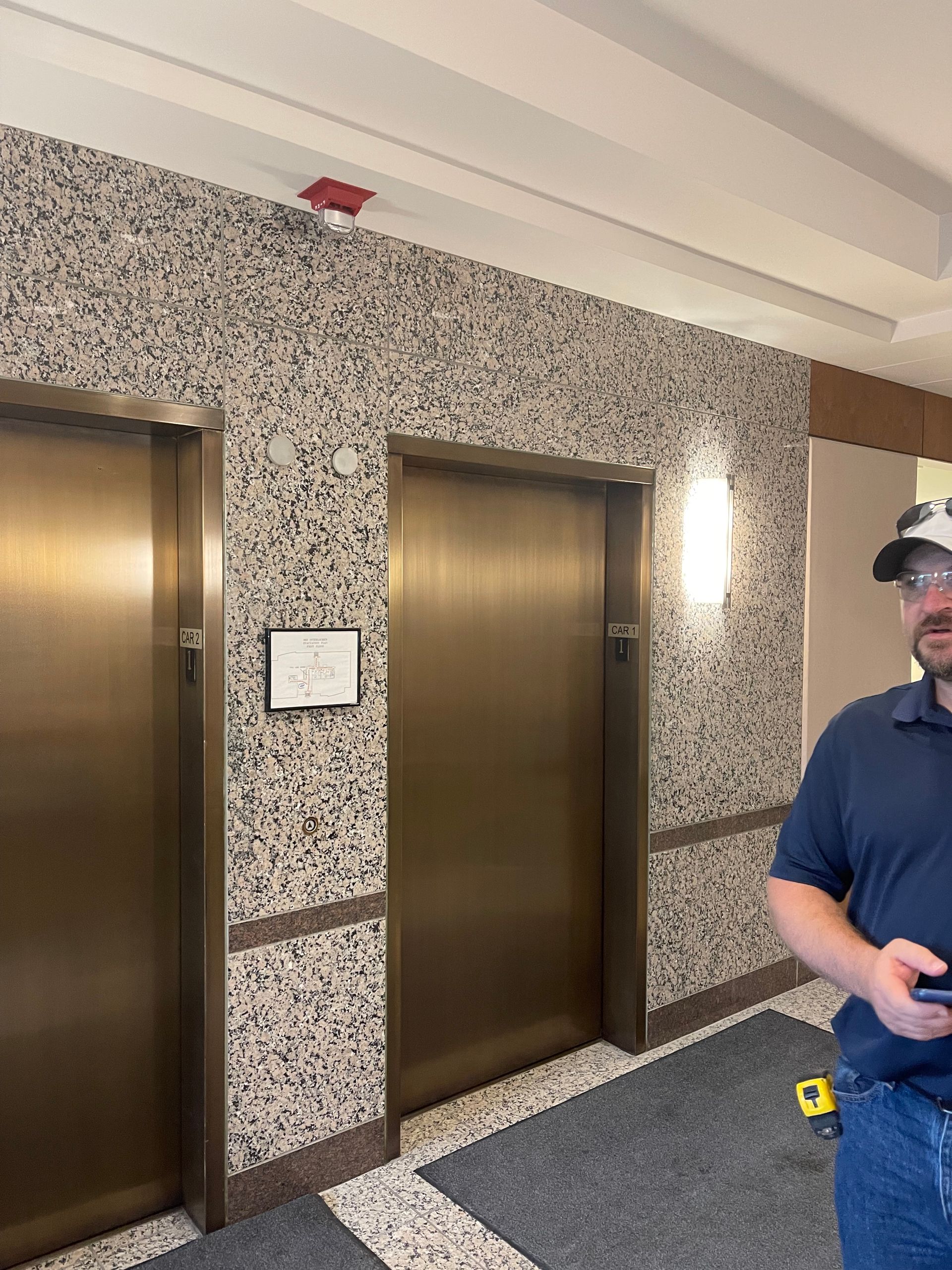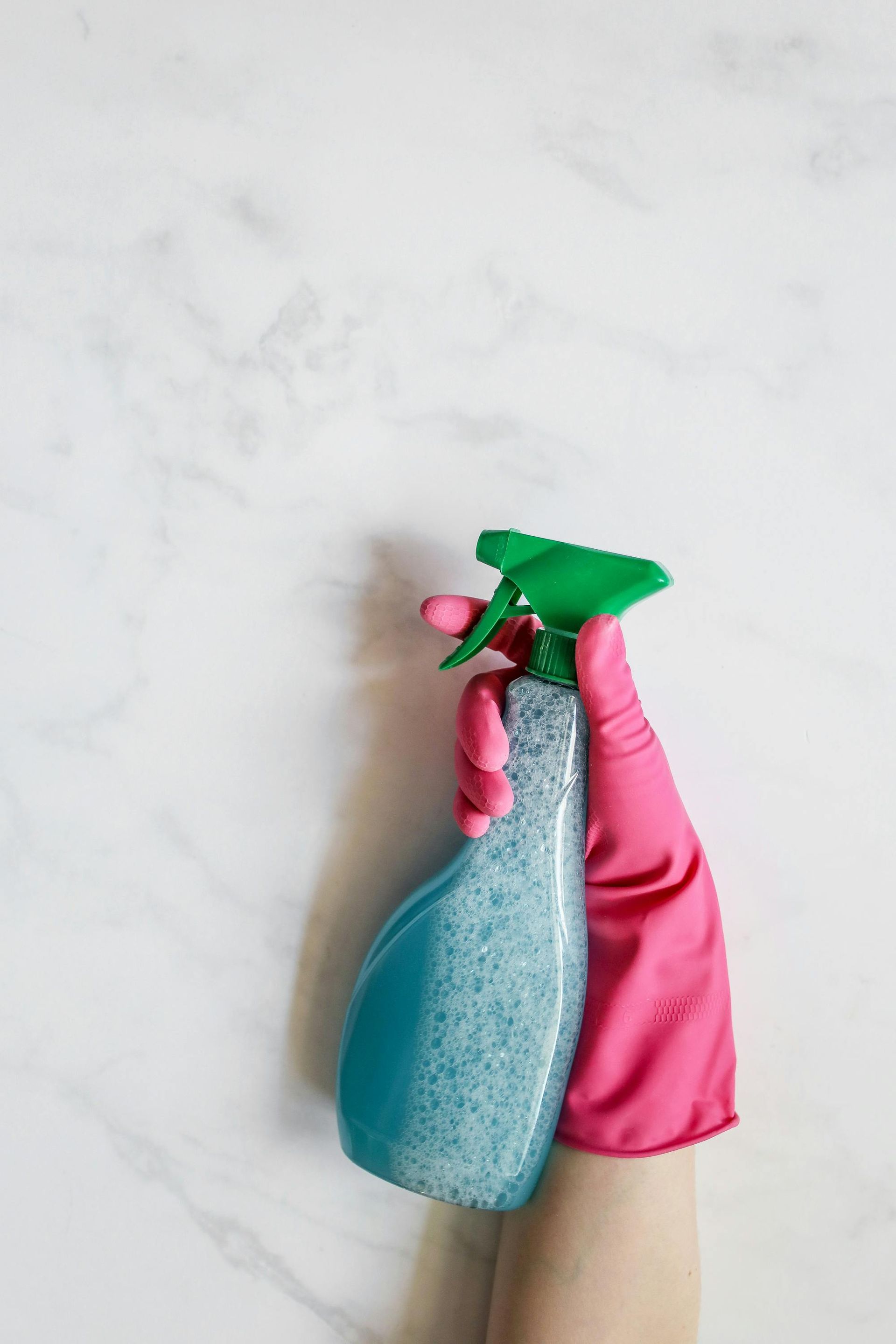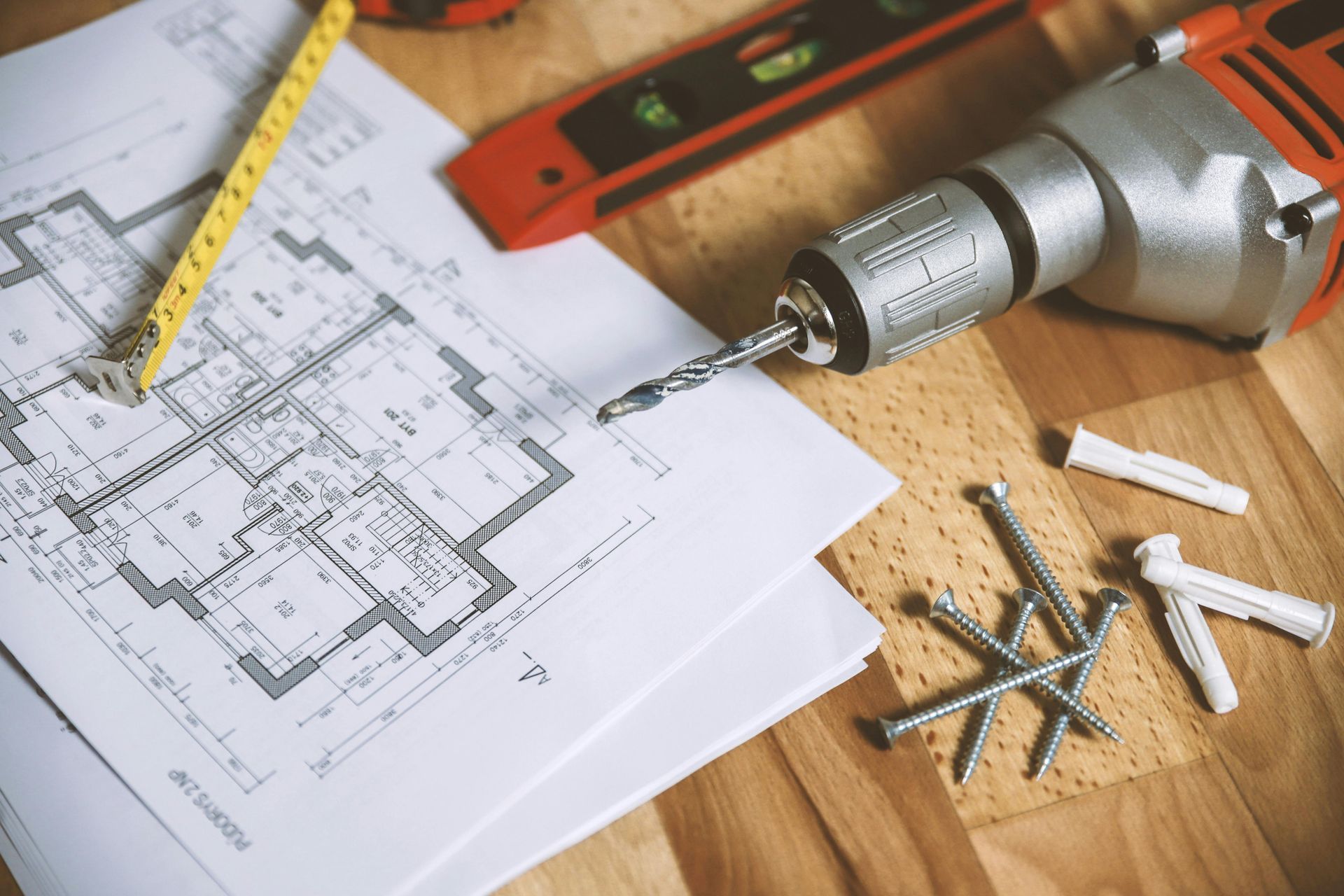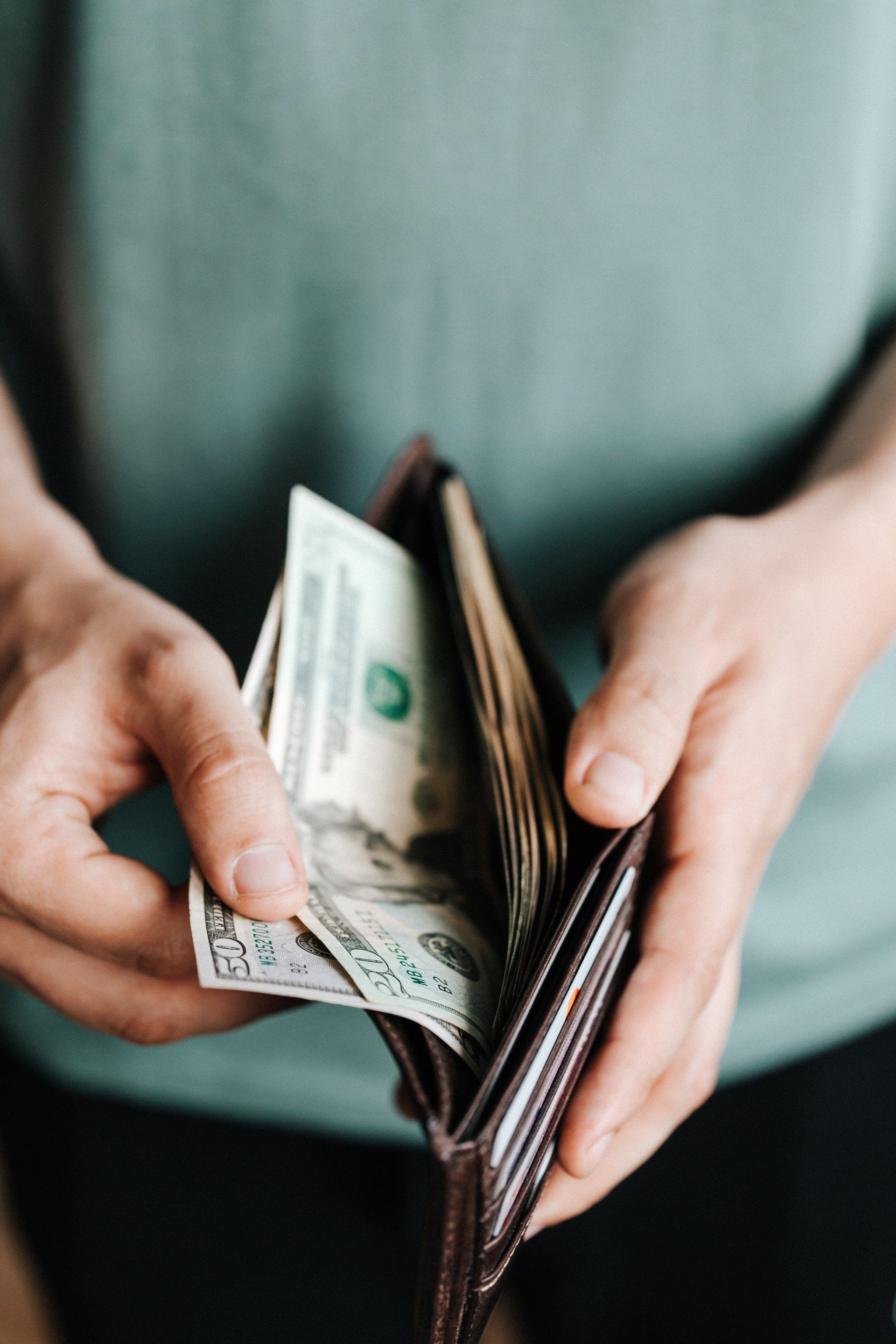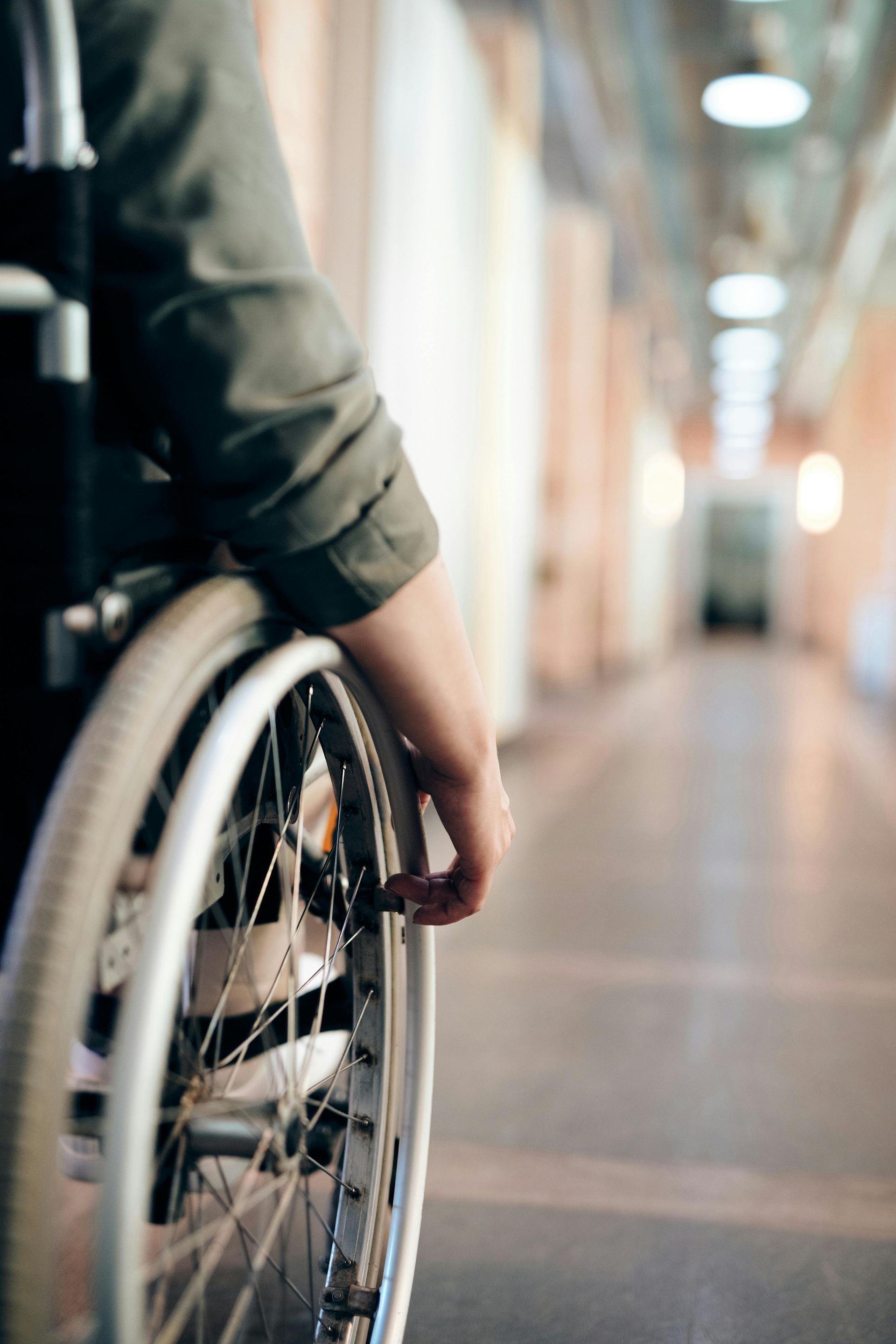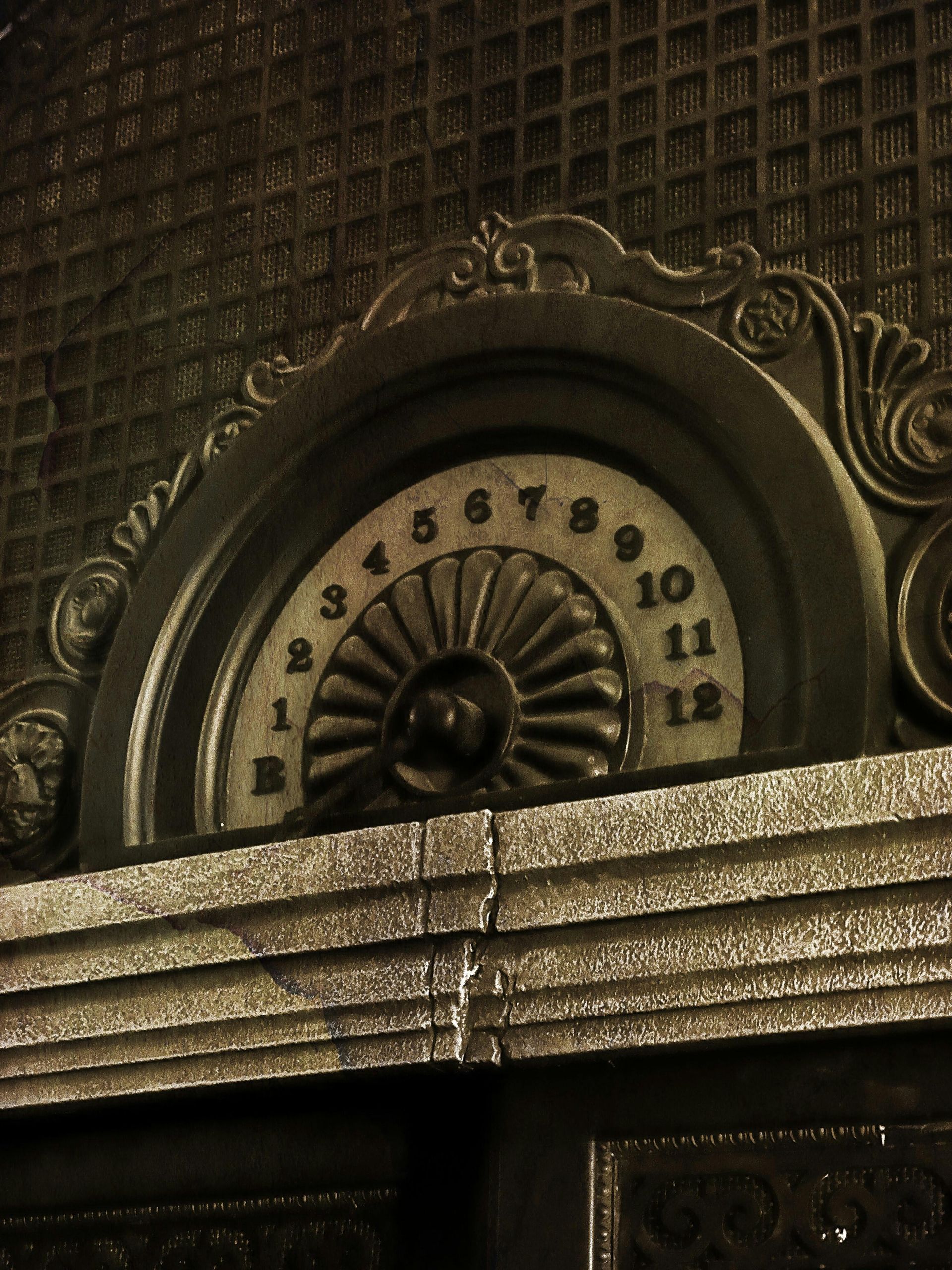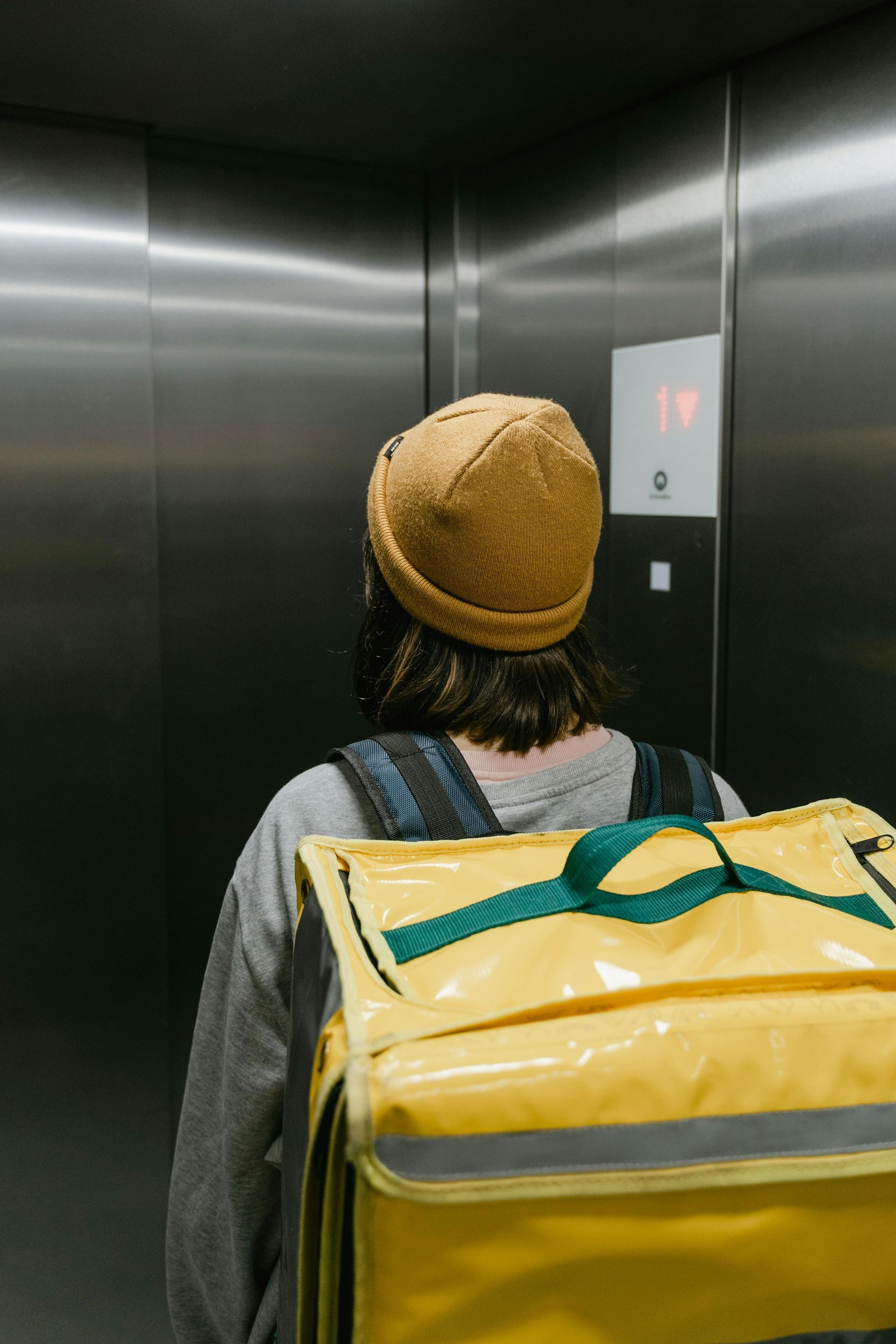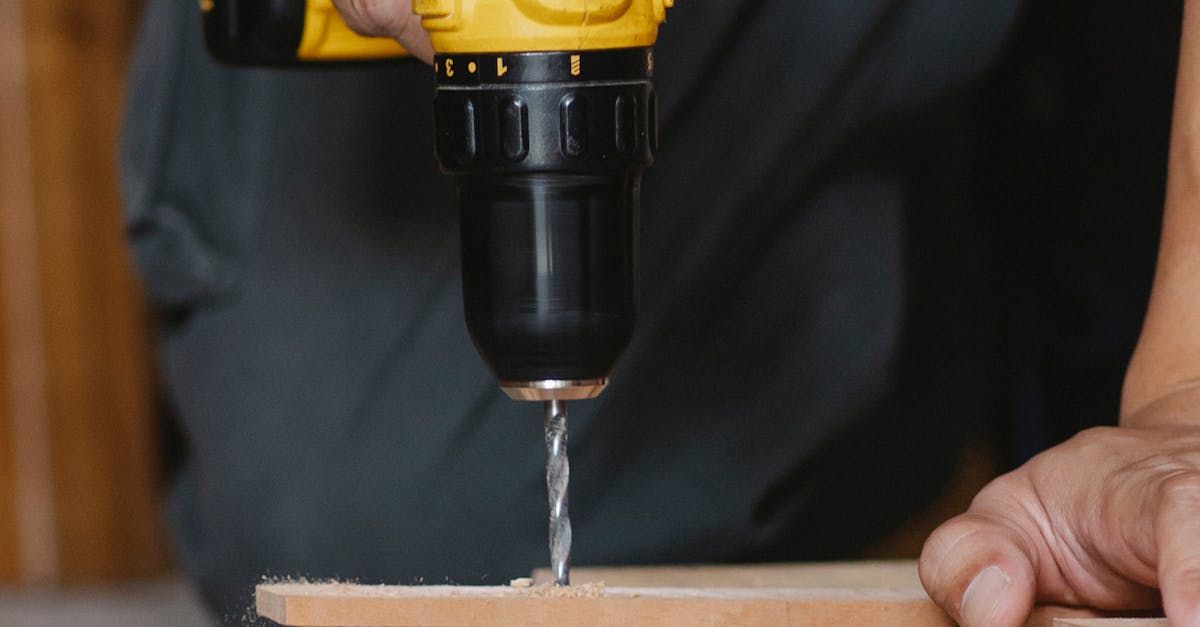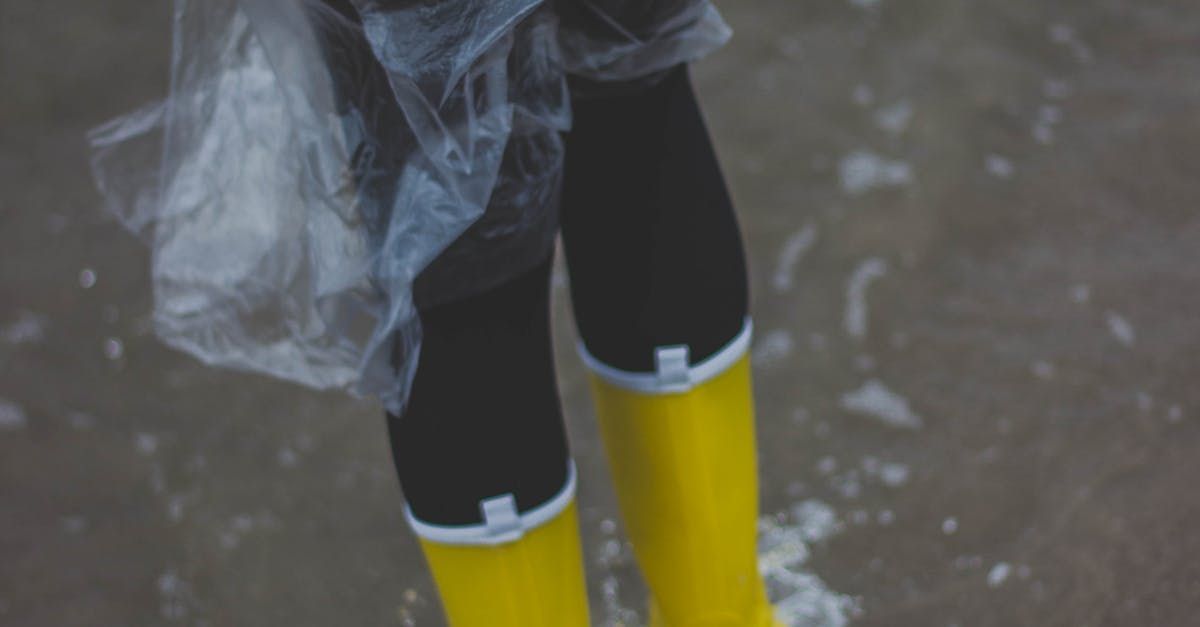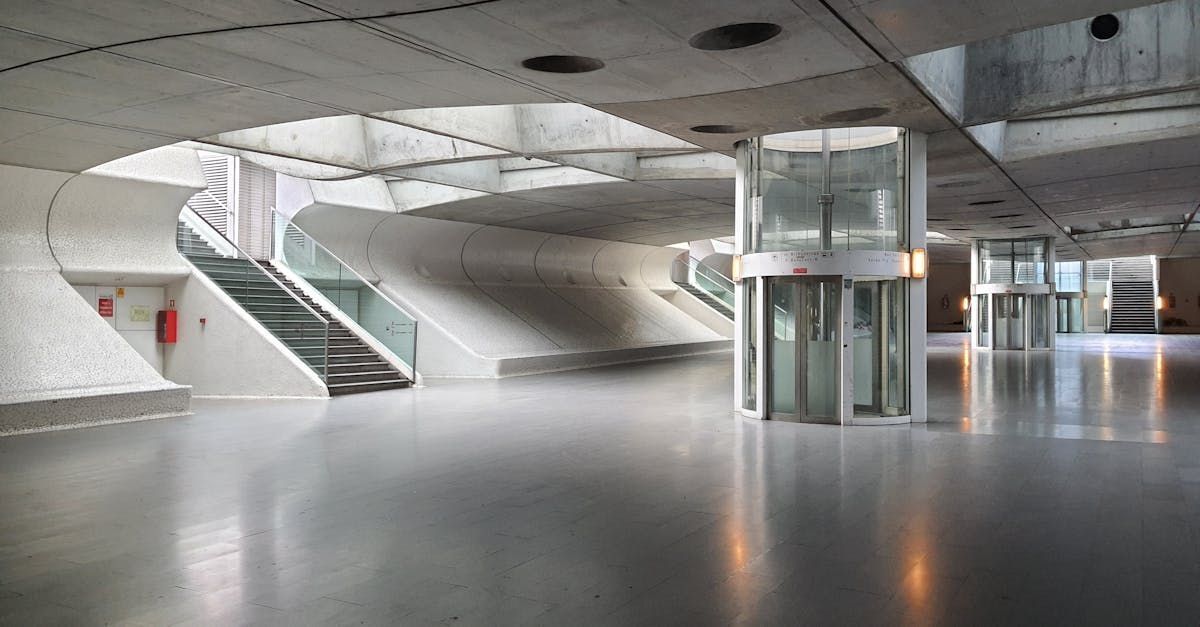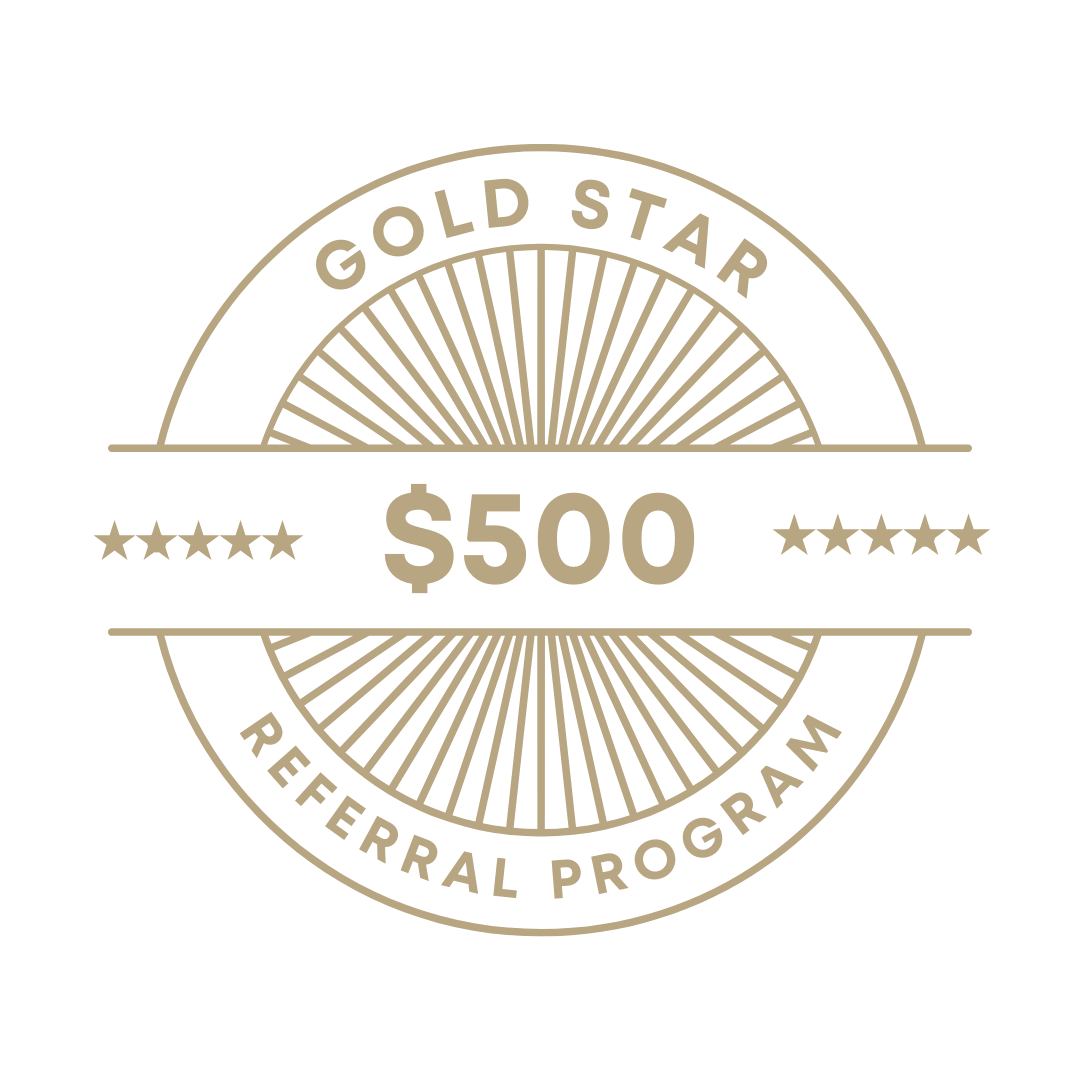Elevator Door Lock Monitoring
Key Highlights
- Elevator Door Lock Monitoring (DLM) is a mandatory safety requirement in many jurisdictions.
- DLM ensures the proper functioning of elevator doors and prevents automatic operation in case of faulty door contact circuits.
- Compliance with DLM regulations is essential to avoid fines, failed inspections, and potential shutdowns of elevator equipment.
- Upgrading to a compliant DLM system may require both software and hardware modifications.
- Choosing an experienced vendor for DLM installation is crucial to ensure proper functionality and safety of the elevator system.
Introduction
Elevator door lock monitoring (DLM) plays a pivotal role in ensuring the safety of elevator passengers and operators. By continuously monitoring the status of door lock systems, DLM systems prevent accidents and malfunctions, enhancing overall elevator safety. Understanding the significance and functionality of DLM technology is essential for building owners and service providers to comply with safety standards and regulations. This guide will explore the ins and outs of elevator door lock monitoring, from its importance in safety to the process of implementation and compliance.
Understanding Elevator Door Lock Monitoring (DLM)
Elevator Door Lock Monitoring (DLM) is crucial for elevator safety, ensuring optimal functionality and preventing accidents. By continuously monitoring the status of door lock circuits, DLM systems can detect faults in real-time, enhancing passenger security. Implementing DLM technology aligns with regulatory requirements such as ASME A17.3-2015 Safety Code and local elevator compliance regulations. Understanding the significance of DLM in elevator operations helps building owners prioritize safety and adhere to industry standards.
The Importance of DLM in Elevator Safety
Elevator door lock monitoring (DLM) plays a crucial role in ensuring passenger safety. By constantly monitoring the status of door contact circuits, DLM systems prevent accidents and enhance the overall safety of elevators. Faulty door contact circuits can lead to hazardous situations; therefore, implementing DLM technology is a proactive and efficient solution. DLM not only adheres to regulatory compliance such as ASME standards but also provides peace of mind to building owners and occupants by maintaining the secure and automatic operation of the elevator.
How DLM Technology Works to Protect Passengers
Door Lock Monitoring (DLM) technology actively monitors the elevator door contact circuits, ensuring the automatic operation of the elevator remains safe. By constantly checking the status of the door contact circuits, DLM systems prevent the elevator from moving if there are any faults detected, enhancing overall elevator safety. This efficient solution is crucial in averting potential hazards, guaranteeing passenger protection as per elevator safety standards.
Regulatory Compliance and Elevator Safety Codes
When it comes to elevators, regulatory compliance and adherence to safety codes are paramount. Understanding the requirements set forth by organizations like ASME A17.3-2015 is crucial for building owners. Local regulations, such as those in New York City, also play a significant role in ensuring elevator safety. Compliance with these codes not only guarantees the automatic operation of the elevator but also enhances overall safety for passengers and operators, keeping everyone secure during their vertical travels.
Overview of ASME A17.3-2015 Safety Code Requirements
The ASME A17.3-2015 safety code mandates stringent requirements for elevator safety compliance. It specifically focuses on door lock monitoring systems to ensure passenger security. This code outlines detailed criteria for the correct functioning of elevator door lock monitoring devices. Following these guidelines is crucial for building owners to meet safety standards and avoid penalties. ASME codes like A17.3-2015 harmonize safety regulations across jurisdictions, providing a standardized approach to elevator safety. Compliance with these regulations is paramount for the efficient operation of elevators.
State and Local Regulations for Elevator Compliance
In some regions like New York City, building owners must comply with the local elevator safety codes, such as the New York City Building Code. These regulations often mandate the installation of Door Lock Monitoring (DLM) systems to enhance elevator safety. Adhering to these state and local guidelines ensures the automatic operation of elevators meets the necessary safety standards prescribed by authorities. Failure to comply with these regulations can result in fines and penalties for non-compliance.
Implementing Door Lock Monitoring in Your Elevators
To ensure your elevators meet safety standards, implementing door lock monitoring (DLM) is crucial. Start by assessing existing systems for faulty door contact circuits. If needed, consider a software upgrade for efficient operation. Compliance with ASME regulations and the New York City Building Code is paramount. Consult a reputable service provider like Schindler Elevator Corporation for expert advice on DLM systems. Plan for lead times and consider last-minute upgrades to modernize effectively.
Steps to Ensure Your Elevators Meet DLM Requirements
Regularly inspect and maintain door contact circuits to prevent faulty operation. Ensure compliance with ASME A17.3-2015 and local codes. Consider a software upgrade for efficient monitoring. Check if your elevators align with the New York City Building Code. Verify the automatic operation's safety with DLM systems. Collaborate with a reliable service provider, like Schindler Elevator Corporation, for a smooth upgrade process. Plan for lead times to avoid last-minute mishaps. Conduct thorough testing post-installation to guarantee elevator safety.
Identifying Whether Your Elevator System Needs an Upgrade
Before considering an elevator system upgrade, evaluate the functionality of your current door lock monitor. Check for any issues with door contact circuits or outdated controllers. Assess if your system meets modern safety standards like ASME A17.3-2015. If your equipment struggles to comply with regulations or lacks efficient NLP terms integration, such as automatic operation features, it may be time for an upgrade. Consulting with a service provider like Schindler Elevator Corporation can help determine if a software upgrade or system overhaul is necessary.
The Process of Upgrading to Compliant DLM Systems
Selecting the right DLM solution for your elevator involves considering various factors such as the efficiency of the system, compliance with ASME standards, and the compatibility with existing components. Understanding the installation process is crucial, ensuring that the new controller and overlay are integrated seamlessly. Lead times for ordering equipment should be factored in, preventing any last-minute delays. Coordinating with the service provider for the upgrade aligns with the goal of enhancing elevator safety and complying with modern regulations.
Selecting the Right DLM Solution for Your Elevator
When selecting the right DLM solution for your elevator, consider factors like modernization requirements, building codes, and the expertise of the service provider. Evaluate the efficiency of the DLM systems, lead times for installation, and compatibility with existing components like car gate switches and controllers. Ensure the chosen solution aligns with industry standards such as ASME to guarantee elevator safety and compliance with regulations. Consulting with experts from reputable companies like Schindler Elevator Corporation can help streamline the selection process.
Understanding the Installation Process
Installing a door lock monitoring (DLM) system involves integrating the new controller with existing wiring. The process includes overlaying the DLM technology onto the elevator’s current setup. It requires ensuring compatibility with the elevator's software and door contact circuits. A professional service provider can assist in the installation to meet ASME standards and local regulations, such as those outlined in the New York City Building Code. This upgrade to DLM systems ensures the automatic operation of the elevator and enhances overall elevator safety.
Cost Considerations for DLM Implementation
When upgrading to DLM systems, building owners should factor in costs for new controllers and software upgrades. Consider lead times for parts and installation services, especially in cities like New York City with strict regulations. Efficient solutions may come with higher initial costs but can save more in the long run by ensuring elevator safety and compliance with ASME standards. It's essential to budget for any unforeseen expenses during the upgrade process to minimize last-minute financial surprises.
Estimating the Cost of Upgrading to a DLM System
Upgrading to a Door Lock Monitoring (DLM) system is a necessary step to ensure compliance with safety codes. The cost of upgrading depends on various factors, including the age and condition of the elevator.
For elevators installed after 2015, the necessary software upgrade may already be in place, reducing the cost of compliance. However, for elevators installed prior to 2015, an additional hardware upgrade is often required. This involves modifying the existing wiring and operation of the elevator by adding a separate Door Lock Monitor Control Box.
The cost of upgrading to a DLM system typically ranges from $10,000 to $25,000 per elevator. It is important to note that this upgrade does not have to be performed by the existing service provider or the original equipment manufacturer (OEM) of the elevator. Engaging experienced vendors who specialize in the installation of DLM systems can provide competitive pricing and ensure a smooth installation process.
Financial Assistance and Incentives for Compliance
Complying with the Door Lock Monitoring (DLM) safety standards may require a significant investment for building owners. However, there are financial assistance programs and incentives available to help offset the cost.
In Florida, building owners may be eligible for financial assistance programs offered by the State or local authorities. These programs provide grants or low-interest loans to support the installation of DLM systems. Additionally, there may be tax incentives or rebates available for upgrading to energy-efficient DLM systems.
Similarly, in New York City, building owners can explore incentives provided by utility companies or government agencies. These incentives may include grants, rebates, or financing options to encourage compliance with DLM safety standards.
Building owners should consult with their local authorities or industry associations to explore the financial assistance and incentives available in their area. These programs can help alleviate the financial burden of upgrading to DLM systems and ensure compliance with safety codes.
Benefits of Complying with DLM Safety Standards
Complying with Door Lock Monitoring (DLM) safety standards offers several benefits for elevator passengers, operators, and building owners alike.
Enhanced Safety for Elevator Passengers and Operators:
DLM systems ensure that elevators do not operate with faulty door contact circuits. This prevents accidents and enhances the safety of passengers and operators. By monitoring the position and state of elevator doors, DLM systems provide an added layer of protection against potential hazards.
Avoiding Fines and Penalties for Non-Compliance:
Failure to comply with DLM safety standards can result in failed inspections, fines, and penalties imposed by regulatory authorities. By upgrading to DLM systems, building owners can avoid these potential financial consequences and ensure the smooth operation of their elevators.
Enhanced Safety for Elevator Passengers and Operators
Complying with Door Lock Monitoring (DLM) safety standards significantly enhances the safety of elevator passengers and operators. DLM systems play a crucial role in preventing accidents and potential hazards.
By monitoring the position and state of elevator doors, DLM systems ensure that elevators do not operate with faulty door contact circuits. This helps prevent incidents such as doors opening between floors, doors closing on passengers, or doors not properly closing before the elevator moves. These safety measures reduce the risk of injury or entrapment for passengers.
DLM systems also provide added protection for elevator operators by preventing automatic operation with faulty door contact circuits. This helps avoid potential accidents caused by doors closing unexpectedly or malfunctioning during operation.
Overall, complying with DLM safety standards through the installation of DLM systems enhances the safety and peace of mind for both elevator passengers and operators.
Avoiding Fines and Penalties for Non-Compliance
Compliance with Door Lock Monitoring (DLM) safety standards is not only crucial for the safety of elevator passengers and operators but also to avoid fines and penalties imposed for non-compliance.
Failure to comply with DLM safety standards can result in failed inspections by regulatory authorities. Inspections are conducted to ensure that elevators meet the required safety standards and do not pose a risk to passengers.
Non-compliance can also lead to costly fines and penalties. Regulatory authorities may impose financial penalties on building owners who fail to upgrade their elevators to meet DLM safety standards. These fines can add up significantly, causing financial strain and potentially affecting the reputation of the building owner.
To avoid these potential consequences, it is essential for building owners to prioritize compliance with DLM safety standards. Engaging experienced vendors for the installation of DLM systems and ensuring regular maintenance can help prevent fines, penalties, and potential shutdowns of elevator operations.
Troubleshooting Common DLM Issues
Troubleshooting common Door Lock Monitoring (DLM) issues is crucial to ensure the proper functioning of DLM systems and elevator safety. Here are some common issues that may arise with DLM systems:
Diagnosing and Fixing DLM System Faults:
DLM systems may experience faults or malfunctions due to various reasons, such as sensor failures or wiring issues. Proper diagnosis and prompt resolution of these faults are essential to maintain the integrity of the DLM system and prevent potential safety hazards.
When to Call a Professional for DLM Maintenance:
Regular maintenance and inspection of DLM systems are recommended to ensure their continued effectiveness. Building owners should consult with professional service providers experienced in DLM maintenance to schedule regular inspections and address any issues that may arise.
Diagnosing and Fixing DLM System Faults
Diagnosing and fixing Door Lock Monitoring (DLM) system faults promptly is crucial to maintain the integrity and safety of the elevator. Common faults that may occur with DLM systems include sensor failures, wiring issues, or software glitches.
When a fault is detected, it is important to engage an experienced service provider who specializes in DLM systems. These professionals have the expertise to diagnose the cause of the fault and implement the necessary repairs or replacements.
To diagnose DLM system faults, service providers often utilize specialized tools and equipment. They will conduct thorough inspections of the sensor circuits, wiring connections, and control modules to identify the source of the fault. Once the fault is identified, the service provider will proceed with the appropriate repairs or replacements to ensure the proper functioning of the DLM system.
Regular maintenance and inspections of DLM systems are also recommended to prevent potential faults and ensure the continued safety of the elevator. Building owners should consult with their service provider to schedule regular maintenance visits and address any issues that may arise promptly.
When to Call a Professional for DLM Maintenance
Regular maintenance of Door Lock Monitoring (DLM) systems is essential to ensure their continued effectiveness and compliance with safety standards. Building owners should consult with professional service providers experienced in DLM maintenance to schedule regular inspections and address any issues that may arise.
It is recommended to call a professional for DLM maintenance in the following situations:
- Routine Inspections: Regular inspections should be scheduled as part of the maintenance plan to detect any potential issues with the DLM system before they escalate into major faults.
- Faulty DLM System: If the DLM system is not functioning as expected or there are indications of faults such as sensor failures, wiring issues, or software glitches, a professional should be called to diagnose and address the issue promptly.
- Compliance Checks: When regulatory inspections are due, it is important to ensure that the DLM system is in proper working condition and complies with the required safety standards. A professional can conduct a thorough check to ensure compliance and address any potential concerns.
By engaging a professional service provider for DLM maintenance, building owners can ensure the proper functioning of their DLM systems and the safety of elevator passengers and operators.
Conclusion
Elevator Door Lock Monitoring (DLM) is crucial for ensuring the safety of elevator passengers. By understanding the importance of DLM technology and complying with safety codes, you can protect passengers and operators while avoiding fines for non-compliance. Implementing DLM in your elevators involves selecting the right solution, estimating costs, and considering financial incentives for compliance. Troubleshooting common DLM issues and knowing when to seek professional maintenance are key steps in maintaining a safe elevator system. Prioritizing DLM not only enhances safety but also demonstrates your commitment to passenger well-being and regulatory standards.

